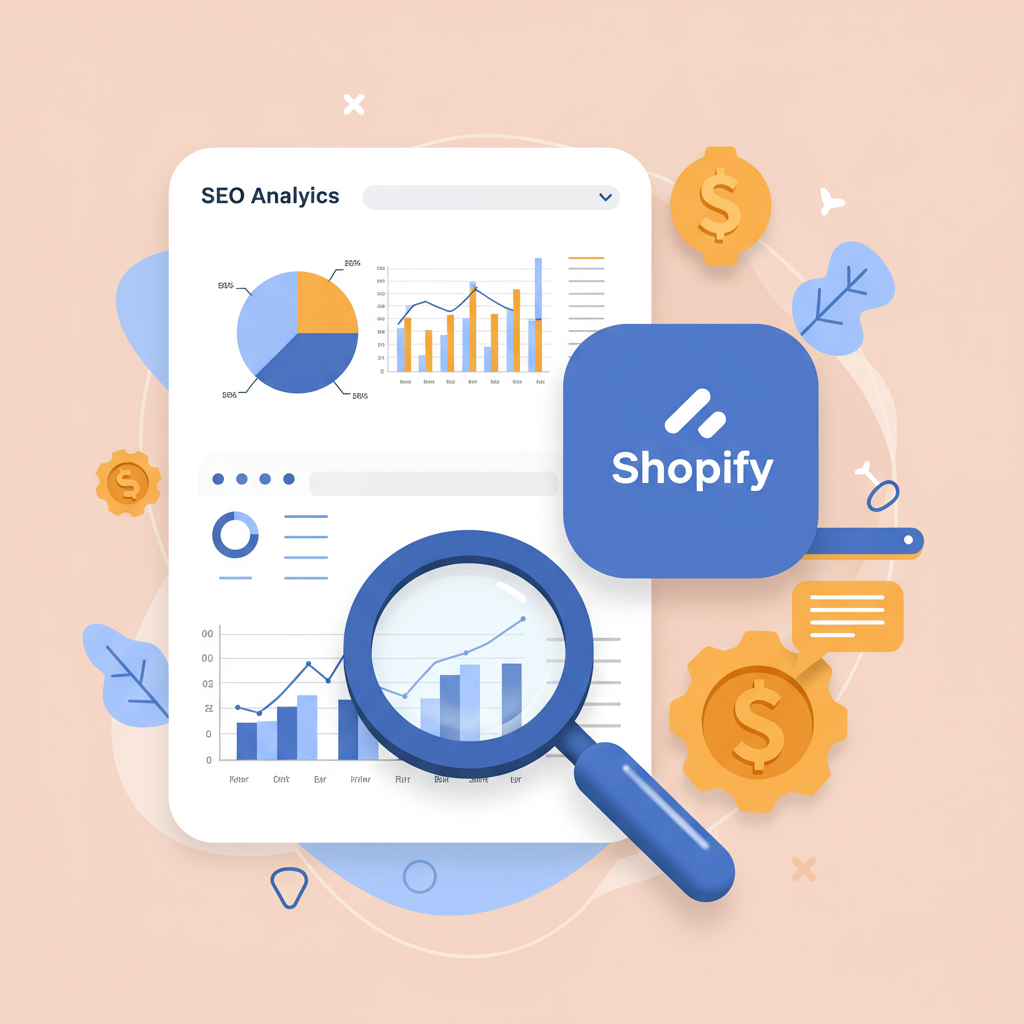Navigating the Evolving Landscape of E-commerce Search Visibility
Welcome, fellow Shopify merchants! As we step into 2026, the digital landscape continues its rapid evolution, making search engine optimization more critical than ever for your online store’s success.
I’ve put together this comprehensive guide to help you not just survive, but thrive, in the competitive world of e-commerce. This isn’t just about getting traffic; it’s about attracting the *right* traffic.
SEO for Shopify in 2026 isn’t a one-time task; it’s an ongoing strategy that requires attention to detail, adaptability, and a deep understanding of your customers.
Let’s dive into the core pillars of a robust Shopify SEO strategy, starting with the foundation: keyword research. This is where we identify what your potential customers are actually searching for.
In 2026, keyword research goes beyond simple terms. We’re focusing on user intent – are they looking to buy, learn, or compare? Long-tail keywords, which are more specific phrases, are increasingly valuable.
Tools like Google Keyword Planner, Ahrefs, or Semrush remain indispensable. But also consider conversational search queries, as voice search continues to gain traction.
Think about the problems your products solve. What questions do your customers ask? These can be excellent starting points for discovering high-intent keywords.
Next up is On-Page SEO, which involves optimizing the content and HTML source code of your pages. This tells search engines exactly what your pages are about.
For your Shopify store, this means meticulously optimizing product pages, collection pages, blog posts, and even static pages like your “About Us” or “FAQ.”
Each product page should have a unique, keyword-rich title tag and meta description. These are the first things potential customers see in search results, so make them compelling.
Your product descriptions themselves need to be detailed, engaging, and naturally incorporate your target keywords. Avoid thin content; provide value.
Don’t forget image alt text! This is crucial for accessibility and provides another opportunity to include keywords, helping search engines understand your images.
For collection pages, ensure their titles and descriptions are optimized for broader category keywords. Think about how users browse your product categories.
Structured data, or schema markup, is another powerful on-page element. It helps search engines understand the context of your content, like product prices, reviews, and availability.
Shopify themes often have some schema built-in, but I highly recommend using an app or custom code to implement more specific product schema, review schema, and organization schema.
Moving on to Technical SEO. This ensures search engines can easily crawl, index, and understand your website. A technically sound site is the backbone of good SEO.
Site speed is paramount in 2026. Google’s Core Web Vitals heavily influence rankings. Optimize images, leverage browser caching, and consider a CDN if you haven’t already.
Shopify’s infrastructure is generally robust, but you still have control over image sizes and app bloat. Regularly audit your site speed using tools like Google PageSpeed Insights.
Mobile-friendliness is non-negotiable. Most of your customers will be browsing on mobile devices. Ensure your Shopify theme is fully responsive and provides an excellent mobile user experience.
Your sitemap.xml file should be up-to-date and submitted to Google Search Console. This helps search engines discover all your important pages.
Similarly, your robots.txt file guides search engine crawlers, telling them which pages to crawl and which to ignore. Be careful not to block important pages!
Canonical tags are vital for Shopify, especially with product variants or filtered collection pages, to prevent duplicate content issues. They tell search engines which version of a page is the “master” copy.
Regularly check for broken links (404 errors) and fix them. These negatively impact user experience and can signal a poorly maintained site to search engines.
Now, let’s talk Off-Page SEO, primarily focusing on building high-quality backlinks. These are votes of confidence from other websites, signaling authority to search engines.
Focus on earning natural backlinks through valuable content, partnerships, and outreach. Avoid spammy link-building tactics; they can harm your rankings.
Social media signals, while not direct ranking factors, can drive traffic and increase brand visibility, indirectly contributing to your SEO efforts.
For local businesses, optimizing your Google Business Profile is crucial. Ensure your information is accurate and consistent across all online directories.
Content Marketing is your secret weapon. A well-maintained blog on your Shopify store can attract organic traffic for informational queries, nurturing leads before they’re ready to buy.
Create helpful guides, product comparisons, industry news, and answer common customer questions. This establishes you as an authority in your niche.
User Experience (UX) is increasingly intertwined with SEO. A site that’s easy to navigate, visually appealing, and provides a seamless shopping experience will naturally perform better in search.
Monitor your SEO performance diligently using Google Analytics and Google Search Console. Track organic traffic, keyword rankings, bounce rates, and conversion rates.
What do you think about this comprehensive Shopify SEO checklist for 2026? I’d love to hear your thoughts and any strategies you’ve found particularly effective!
Finally, remember that SEO is an ever-evolving field. Stay updated with Google’s algorithm changes, new technologies like AI in search, and emerging trends.
By consistently applying these strategies, you’ll build a strong foundation for your Shopify store’s long-term success in 2026 and beyond. Good luck!






